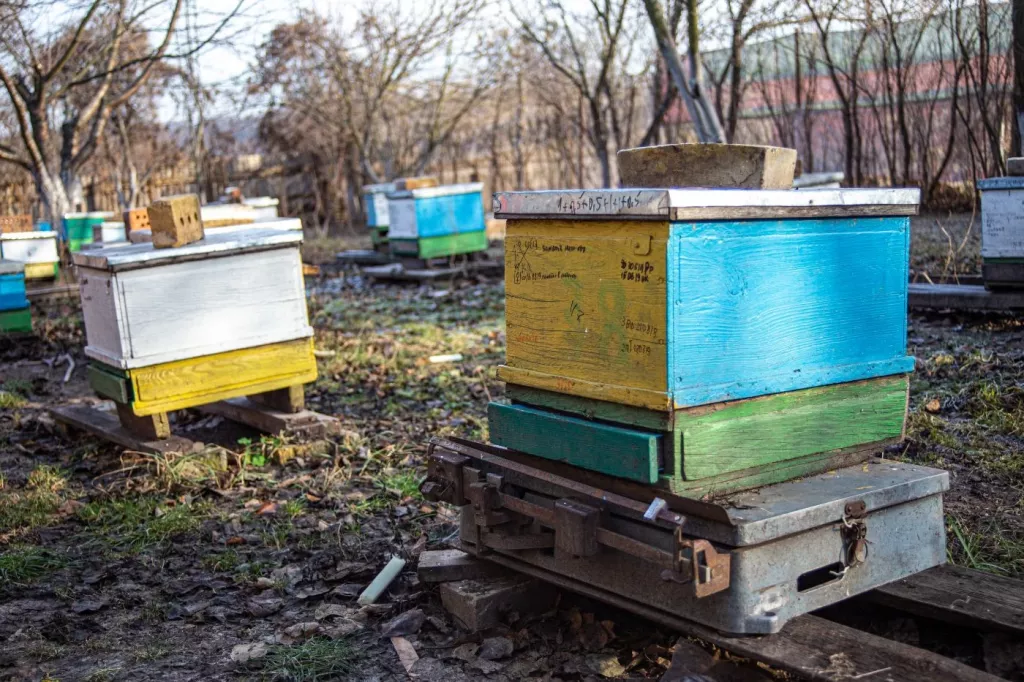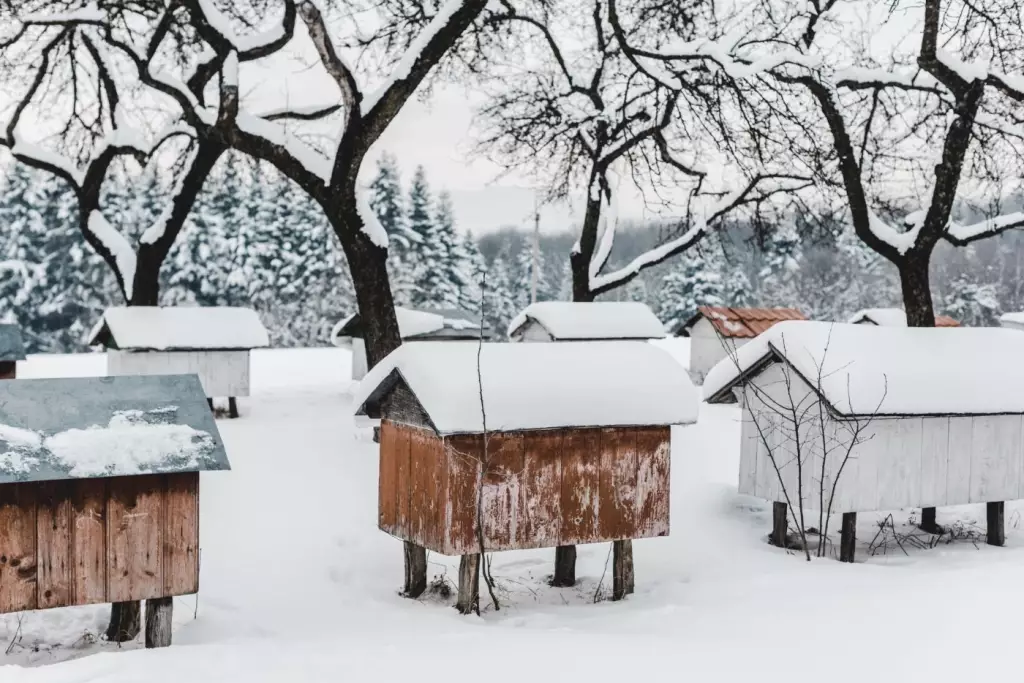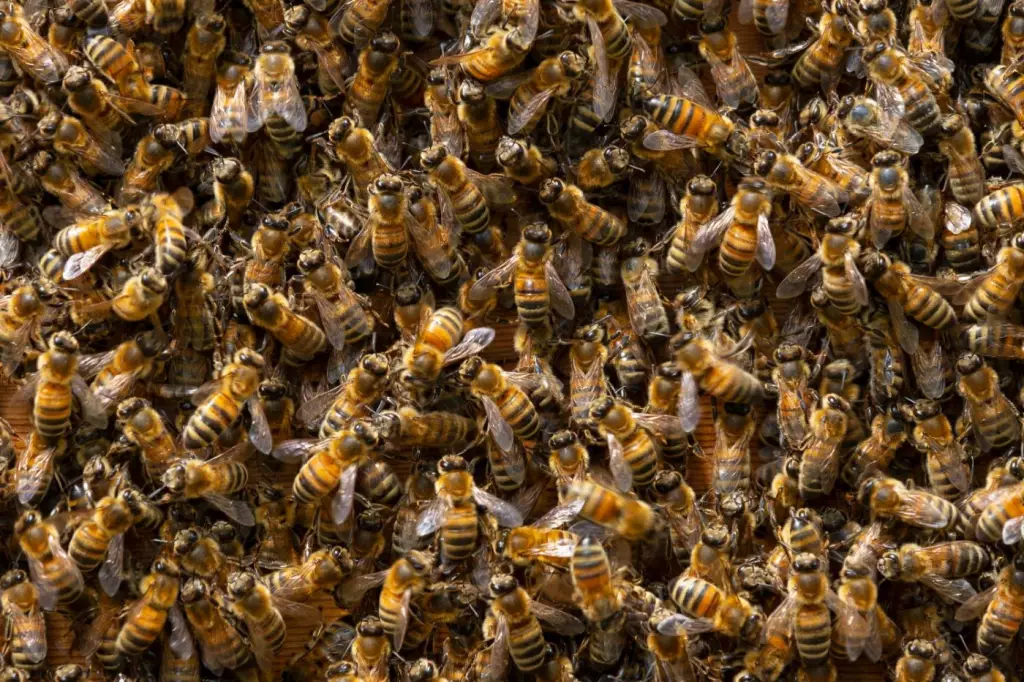At What Temperatures Do Bees Become Inactive
Bees are most active during spring when they collect nectar and pollen from flowers. These serve as their food to produce honey. However, it is not always that they are actively flying and foraging for their source of energy.
Bees become inactive when the temperature falls between 50 and 55 degrees Fahrenheit. During this cold season, honey bees stay inside their hive, keep themselves warm, and consume their own-produced honey, while bumblebees hibernate until the warmer season comes.
Aside from temperature, there could also be other factors behind the bees’ dormancy. In this article, we will explore these other reasons.
Summary
- Bees become inactive when the temperature drops to a range between 50 °F and 55 °F.
- During inactive seasons, bees either hibernate or stay inside the hive, keeping themselves warm and fed by honey.
- Bees also become inactive when it is raining or when the sun is setting because they have trouble sleeping in daylight.

Temperatures That Make Bees Inactive
When most flowers are not in bloom during the winter, the chances of seeing flying bees are slim to none. After all, there would be little food left for them to gather at this time. When it is too cold, bees go back to their hive. If the outside temperature drops below 50 °F to 55 °F, they begin to feel sleepy and go to sleep. As a result, bees that go outside under these circumstances don't get very far before going dormant.
Since the temperature does not stay the same every day, this threshold causes bee appearances to vary depending on the day. But overall, bumble and honey bees have different ways of being inactive during seasons with these temperatures.

Inactive Bumble Bees
In the family of bumblebees, the nest's workers and males perish once the cold sets in—this includes temperatures below 50 °F to 55 °F. Only the fertile females, or the queen that have been mated survive.
During the long, chilly months, queen bumblebees do hibernate, becoming still and inert while still alive by burrowing into earth detritus or bark. True hibernation helps them live from one season to the next. And when springtime approaches, the bumblebee queen will start a new colony.
Inactive Honey Bees
Honey bee populations do not hibernate. On cold days, they consume stored honey while staying warm inside the hive. With sufficient workers to produce heat inside the cluster and adequate food stores, a healthy honey bee colony will survive till spring under these circumstances.
Honey bees produce heat only when there is enough to accomplish the job. Within the hive, they are grouped closely together. If the hive has a brood nest, the cluster will form around it. This cluster must continue to be close to the honey.

In a nutshell, honeybees are inactive in terms of their primary function with the environment, but they work to survive for themselves. Special muscles help honeybees fly by moving their wings. Bee flight is made possible by the circular motion of these muscles. They can detach their wings inside the hive while still using those muscles.
The flexing of this muscle produces heat. A honey bee's body may reach a temperature of 111 °F. The heat produced when many individuals are combined in this way can keep the colony from freezing to death on a chilly day. To carry on with this behavior, however, they need to ingest a lot of honey.
Other Reasons For Bees’ Inactiveness
Bees are also kept inside by rain, especially if it is heavy. Also, on a day-to-day basis, they usually make their way back to their hives one hour before dusk since they have trouble seeing in low light. All things considered, early afternoon is often when we observe bees at their most active. They will begin collecting nectar in the morning and cease just before dusk.